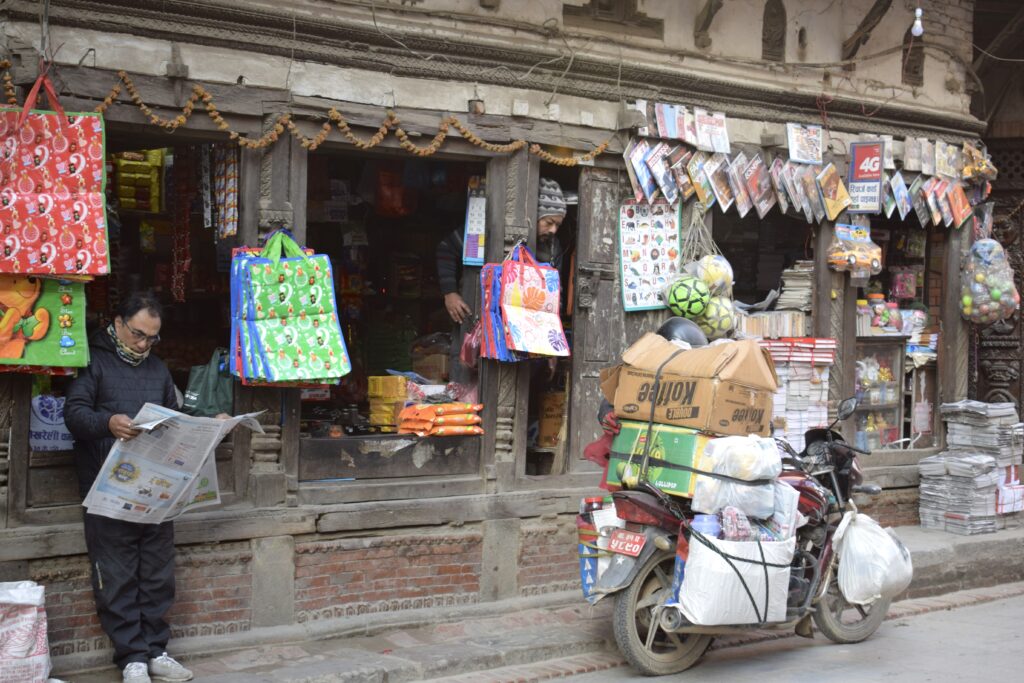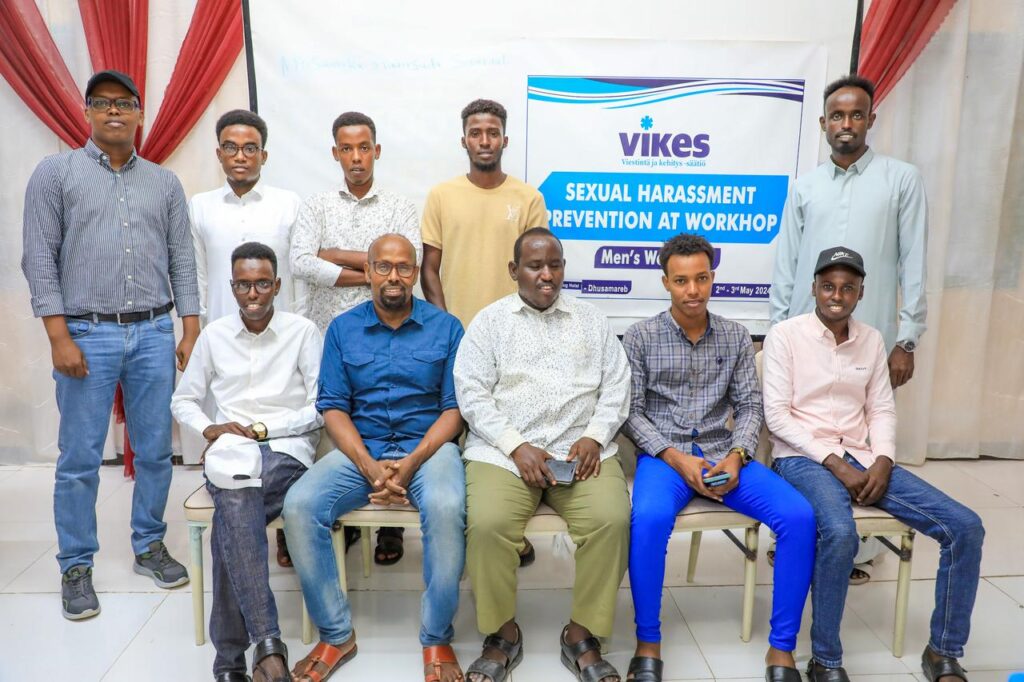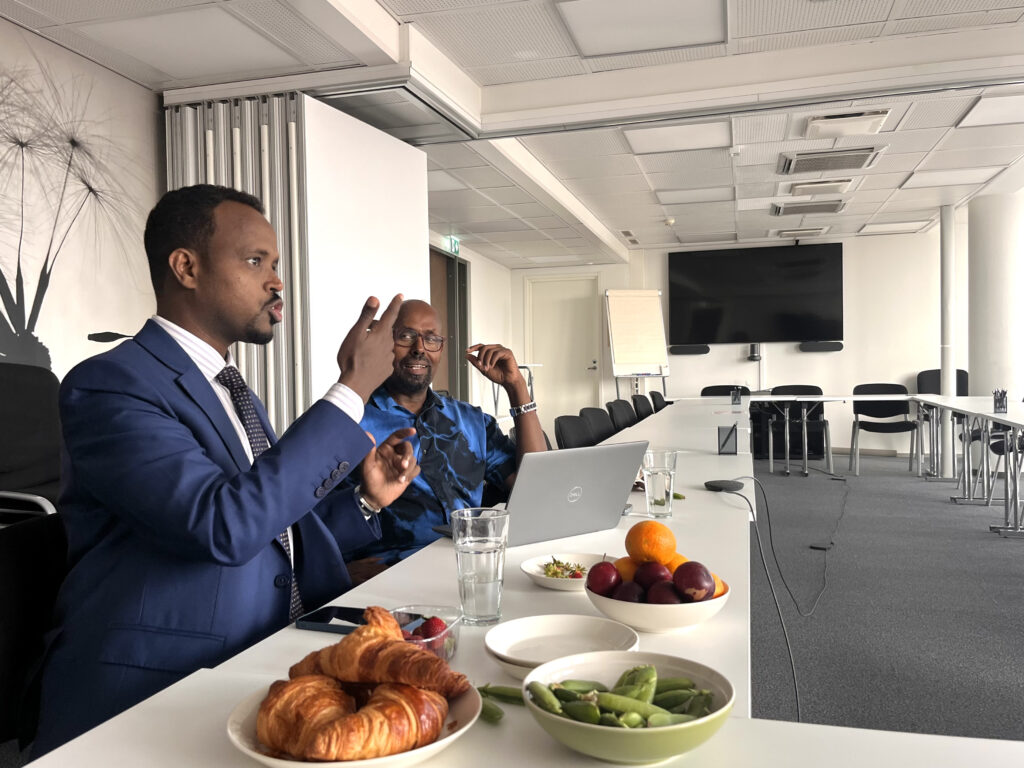Freedom of the press and a free media are cornerstones of the rule of law. Press freedom is eroding in a polarising world, and in many developing countries the media are being severely censored.
In constitutional states like Finland, freedom of the press, freedom of expression and the right to information are fundamental rights. In Finland, these are already guaranteed in the Constitution.
So (at least in principle) in a constitutional state, the media can investigate and write about whatever they want, without worrying about censorship or threats. A journalist is only responsible to his or her audience, because people have the right to know what is happening in the country and in the world.
This right is reinforced by the principle of public access to information, which means that public authorities have a duty to inform the public about their own affairs.
This is important to ensuring that the media supports democracy.
As the think tank Freedom House says, a free press can inform citizens about the failures and achievements of their leaders, inform government about the needs of citizens, and provide a platform for society to share ideas and information openly.
However, freedom of expression is also restricted by a few laws in Finland. For example, defamation, dissemination of information that violates privacy and incitement to hatred are prohibited. The Road to Freedom of Expression website provides more information on these bans.
The vast majority of Vikes’ development work is in one way or another related to press freedom and freedom of expression for journalists. Find out more about our development work.
International Press Freedom Day is celebrated on 3. May. The main international event is organised by Unesco, the United Nations Educational, Scientific and Cultural Organisation.
Press freedom has been eroding around the world
Every year in May, Reporters Without Borders publishes the Press Freedom Index.
According to the report, press freedom is not going well and the trend is worrying. On the one hand, unregulated social media serve as a platform for misinformation and fake news, and on the other hand, traditional media have become polarised, with opinion media like Fox News in the US entering the media landscape and dividing society.
Many traditional democracies have slid downwards in press freedom, with the United States, France and Poland, for example, falling sharply.
Journalists’ rights in developing countries
But the worst press freedom is in authoritarian developing countries. Myanmar, China, North Korea, Eritrea, Iran and Turkmenistan are at the bottom of the index.
In worst cases, journalists are persecuted, beaten, imprisoned and murdered. Developments in Latin America in particular have been worrying, with Vikes’ partner countries Nicaragua and Honduras dropping close to the bottom of the list. Vikes’ Central American partners have been harassed, assaulted and arrested, and many have fled beyond their own borders.
Many countries have laws restricting media activity, often referred to as Putin laws, following the Russian example. For example, a law can prevent NGOs or media from receiving funding from abroad, criticising government actions or insulting a head of state. There is also often a ban on “spreading misinformation” and arbitrary interpretation of the law – information that is embarrassing to those in power can be labelled “misinformation” and journalists can get into trouble as a result.
Often, restrictions on press freedom are more subtle. For example, many media houses depend on advertising revenue, and various ministries are heavy advertisers. This creates a dependency that can make it difficult for the media to take a critical view of the government.
The salaries of journalists can also jeopardise press freedom. In poor countries, it is unfortunately common for journalists’ salaries to be so low or even non-existent that they charge the subjects of the stories, such as companies or politicians, for their stories. Then, of course, the subjects of the stories are treated too kindly, far from the ideals of free press.
Media self-regulation safeguards for errors
In constitutional states, the quality and practices of the media are regulated by some kind of self-regulating body, in Finland the Council for Mass Media. It deals with complaints and concerns about violations of the Journalist’s Guidelines.
All journalistic media in Finland are committed to the Journalist’s Guidelines and are members of the Council for Mass Media.
Not all countries are like this. In some countries, the media are heavily regulated by law, and in others by various government ministries. This is not ideal, because those in power can abuse their power and steer the media in the direction they want.
Vikes has also historically supported the creation of self-regulatory bodies in the media. At the moment, Vikes has no such projects.
Press freedom still doing very well in Finland
Finland and the other Nordic countries have traditionally been among the leaders in press freedom. Finland was fifth in the 2022 index.
We trust the media, and media education works. The Council for Mass Media acts independently. But Finland is not without its problems. Reporters Without Borders points out that women journalists in Finland are harassed and intimidated more than men. Harassment can lead to self-censorship.
Minorities are poorly represented in the Finnish media. Read more about media diversity and pluralism.
Finland has also seen cases of harassers using the judiciary as a proxy by fabricating criminal complaints to harass journalists.
In 2022, Vikes produced a video on how democracy and the space of the media are becoming increasingly narrow.




